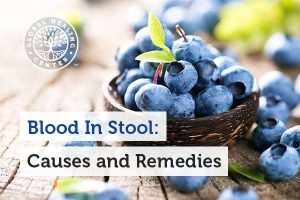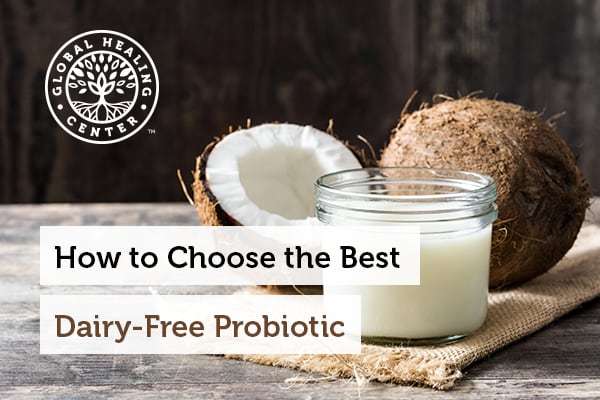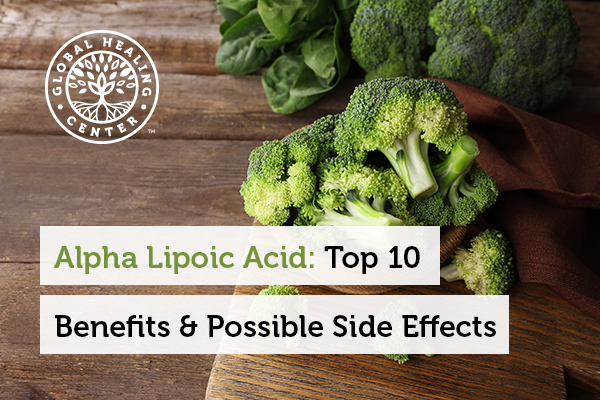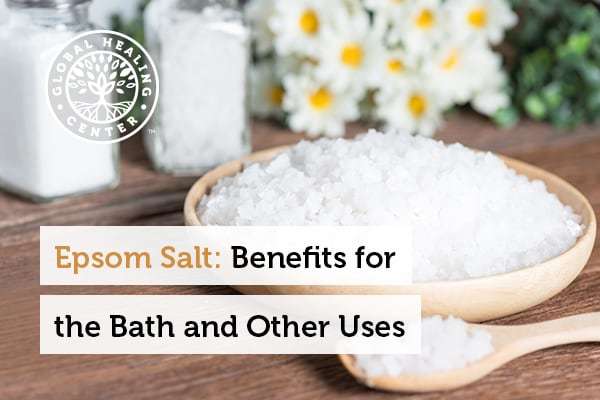
Many people experience the presence of blood in their stool. This alarming discovery may be the result of bleeding inside of your gastrointestinal (GI) tract and can indicate a temporary affliction or a severe illness. On the other hand, a red “bloody-looking” stool can also be caused by something you ate. Producing black, tarry, or dark red stools is an indicator of health conditions ranging from hemorrhoids to inflammation in the upper GI tract. Some of the causes of gastrointestinal bleeding can be prevented or reversed with a healthy diet and lifestyle.
Brief Overlook of Blood In Stool
Here are some of the more common symptoms, causes, and deterrents associated with blood in stool.
- Hemorrhoids, anal fissures, peptic ulcers, and polyps are common causes of blood in stool
- Abdominal discomfort, cramping, and fatigue sometimes occur with this condition
- Avoiding meats, dairy, and processed foods can help reduce blood in stool
- Age, smoking, and alcohol use are risk factors associated with blood in your stool
- Blood in stool can result from spicy foods or seasonings irritating your GI tract
- Certain foods can cause a false alarm, making your stool look bloody
Symptoms of Blood In Stool
Blood in your stool — also known as hematochezia — is usually the result of something going on inside your gastrointestinal or digestive tract. Here are some signs that your GI tract may need attention:
- Black or tarry stool
- Dark or bright red blood in stool
- Rectal bleeding
- Fresh blood on toilet tissue
- Abdominal discomfort
- Test results indicating blood in stool
- Bright red blood in vomit
- Dark brown granular vomit
- Fatigue
- Cramping
- Dizziness
- Paleness
- Shortness of breath
What Causes Blood In the Stool?
Blood in stool can result from a number of health conditions or even a reaction to food or medication. Occasional constipation is one of the most common reasons for blood in stool. Constipation means straining, and that strain can create hemorrhoids and anal fissures.
Hemorrhoids and anal fissures are two of the most common, but also least serious causes of GI bleeding. Hemorrhoids are swollen, irritated blood vessels that are prone to rupture. Many people do not realize that hemorrhoids can occur internally, and you may not have any symptoms until you see blood in your stool. An anal fissure, which is a cut or tear on the anus, is often caused by compacted stools or trauma and may bleed, producing bright red blood on your toilet tissue.
Other health issues that can cause blood in your stool include:[1]
- Anal fissures
- Hemorrhoids
- Peptic ulcers
- Colitis
- Gastritis
- Esophagitis
- Mallory-Weiss syndrome (esophageal tears)
- Diverticular disease
- Crohn’s disease
- Celiac disease
- Esophageal varices (enlarged veins)
- Angiodysplasia (a small malformation of the gut)
- Tumors or polyps
- Colorectal cancer
Should I Be Worried About Blood In My Stool?
If you have a lot of blood in your stool, it may be the cause of acute bleeding and usually indicates a serious health condition.
If you notice blood in your stool, it’s best to talk to your healthcare provider and identify the cause. If you have a lot of blood in your stool, it may be the cause of acute bleeding and usually indicates a serious health condition. Symptoms of acute bleeding are a rapid pulse, a reduction in urination, weight loss, and low blood pressure. You can become anemic with this kind of excessive bleeding or develop an iron deficiency as a result of blood loss and anemia. Regardless of the cause, if you see blood in your stool, contact your healthcare provider.[1]
Food poisoning can result in bloody diarrhea. Sensitivity to various types of food can also cause inflammation of the gastrointestinal tract which may cause bleeding in your intestines. If you notice you experience bleeding or abdominal discomfort after eating certain foods, it’s possible they could be the cause.
Could Your Red Stool Be a False Alarm?
Certain foods like blueberries, beets, licorice, and tomatoes can cause your stool to take on red and black hues.
Sometimes people mistake black, tarry, or reddish stools for bloody poop, when in fact it’s not blood they’re seeing. Certain foods can cause your stool to take on red and black hues leading you to believe that there is something wrong with your GI tract. Blueberries, beets, licorice, and tomatoes may be the culprits causing an oddly red or black stool.
If you think something you ate may be responsible for this stool color, avoid that food for the next couple of days, then take a look in the toilet. If your poop is back to normal, you’re in the clear. Stool that still has a bloody color indicate something is happening within your GI tract. Consulting with your healthcare professional can also provide peace of mind and ensure an accurate diagnosis.[2]
What Are the Risk Factors?
- Age
- Smoking
- Alcohol use
Three factors contribute the most to your risk of gastrointestinal bleeding and bloody stools: age, a history of smoking, and alcohol use.[3] Other risks include the use of medications such as aspirin or anti-inflammatory and anticoagulant medications. If you see blood in your stool and are on a medication, then your dose or type of medication might be causing upper GI bleeding. Kidney and cardiovascular issues tend to cause heavier bleeding, making stools more saturated with blood.[4]
Natural Remedies for Blood In Stool
Natural remedies for gastrointestinal bleeding depend on the cause, and where in your body the bleeding is taking place. Serious cases in which the bleeding won’t stop may require surgery. When ulcers or infections result in GI tract bleeding, doctors are often quick to prescribe medications.[5]
Depending on the cause of the bleeding, taking a more natural approach may help. Hemorrhoids can dissipate with a diet devoid of meat, dairy, and processed foods. Adopting a diet high in fiber will keep stools soft and easy to pass. Acid reflux — a condition where stomach acid is regurgitated into the esophagus, causing heartburn — is another condition that can benefit from a healthy diet. Avoiding caffeine and alcohol will also help reduce acid reflux and promote a healthier GI tract. Following a plant-based diet, in general, is a great way to stay in control of unwanted health issues,[6] not to mention that vegetables and fruits are easy on the digestive tract. A diet high in fiber, and low in sodium, sugar, and refined carbohydrates makes for easy digestion and supplies your intestines with important vitamins and nutrients.
A few healthy food choices include:
- Fruits like bananas, mangoes, and watermelon
- Vegetables like broccoli, beetroot, and cauliflower
- Herbs like milk thistle, ginger, and dandelion leaf
- Leafy greens like kale, Swiss chard, and spinach
- Apple cider vinegar
- Distilled or purified water
Probiotics are a great way to regulate healthy and unhealthy bacteria in your gut. Introducing natural foods into your diet that distribute healthy bacteria throughout your GI tract can help prevent and reduce the adverse effects brought on by conditions that cause blood in your stool. Some foods that are rich in probiotic include:
- Sauerkraut
- Kimchi
- Miso
- Tempeh
- Kombucha
- Yogurt
Preventing Blood In Stool
Preventing blood in stool is dependent on knowing what’s causing it. Blood in stool that results from an anal fissure is prevented much differently than blood in stool resulting from a medication. In general, keep in mind that certain foods, unhealthy habits, and external factors can irritate the GI tract or disrupt the healthy bacteria in your gut. So, if you experience blood in your stool, you need to take inventory of your lifestyle and identify the cause – or consult with your healthcare provider and get assistance. It’s also important to take food sensitivities into consideration and stay away from foods that cause issues for you.
Foods That Irritate the GI Tract
Certain foods may result in gastrointestinal bleeding, stomach discomfort, vascular conditions, and other issues. Coffee, alcohol, and spicy foods can wreak havoc on your GI tract. Meat and processed foods are a significant contributor to constipation. When constipated, your stools become hard and painful to pass. This compacted poop causes you to strain and develop hemorrhoids. As you continue to move these hard stools, hemorrhoids can rupture and bleed, resulting in blood on your toilet paper.[7]
If you are experiencing blood in your stool, ask yourself what you’ve eaten recently. Foods that may cause bloody stool include:[8]
- Peppers and spicy foods
- Fatty or fried foods
- Dairy-based foods
- Processed foods
- Sugary foods
- Wheat-based foods
- Energy drinks
- Caffeine
- Alcohol
Unhealthy Habits & External Factors
Tobacco has a big effect on the GI tract, so it’s best to eliminate smoking or chewing tobacco from your lifestyle.
Stress can cause ulcers and acid reflux. Taking time every day to meditate – even if it’s only for a few minutes – can do wonders to help balance your emotional state and, as a result, help your overall digestion. A lack of exercise can affect circulation, which makes it difficult for your blood to carry essential nutrients throughout the body and keep your energy at key levels.
If you still feel there may be something going on inside your digestive tract, see your healthcare provider. A colonoscopy is a common preventative procedure performed by a gastroenterologist to detect any polyps or unhealthy growths inside your intestines. However, this procedure is usually recommended for people after the age of 50 and is typically repeated every five to ten years. Regardless, a healthy lifestyle that includes a plant-based diet and frequent exercise is the best way to avoid an unhealthy GI tract and lessen the chances of blood in your stool.
Do you want to see what’s going on inside your body? The next time you use the bathroom, take a look at your poop. It’s a good indication of the state of your health. A quick glance at this Bristol Stool Scale article can help you find out just how healthy you are.
Your Story
Have you ever had blood in your stool? What was the reason? Were you able to remedy your situation? What helped the most? We’d love to hear about your experience. Tell us your story in the comments section below.
The post Blood In Stool: Causes and Remedies appeared first on Dr. Group's Healthy Living Articles.
source https://www.globalhealingcenter.com/natural-health/blood-in-stool






